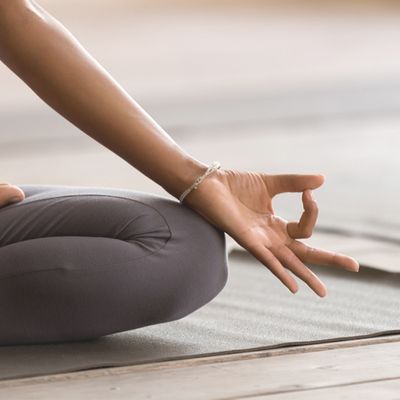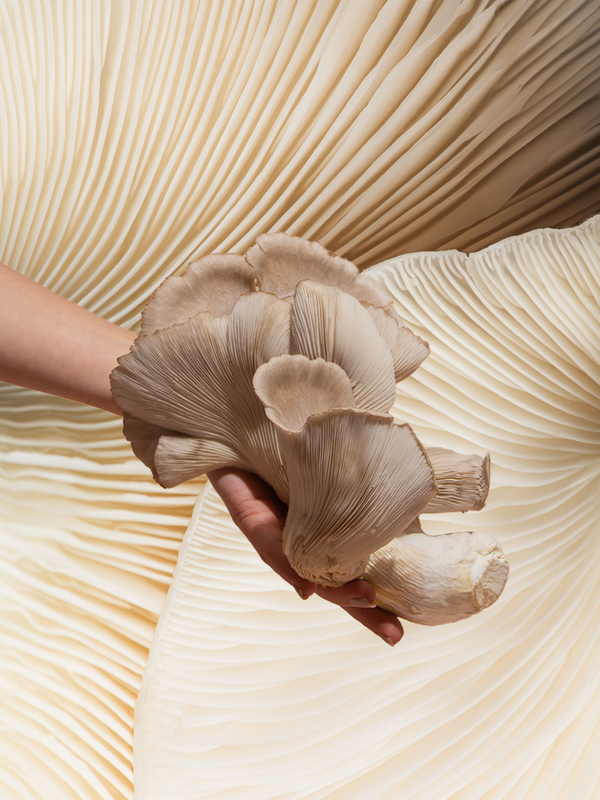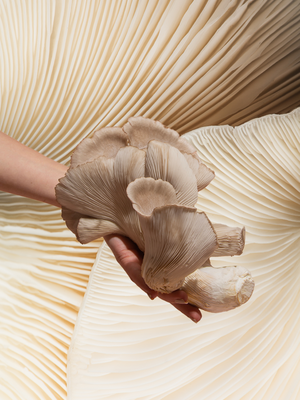
How Meditation Can Improve Your Life
Meditation has had a re-birth. Why do you think this is?
I think it’s a natural progression from the growth of yoga. There’s a yoga class in pretty much every gym and a dedicated yoga studio on every high street. Those who go to classes start becoming interested in meditation as their experience with yoga postures deepens. People are also seeking out meditation because we are living very fast-paced ‘online’ lives in what feel like very unstable times politically. This has led to feelings of disconnection, pressure to achieve more, high levels of stress and feelings of overwhelm. People are finding solace in meditation – I see this every day that I teach. Even the simplest of meditative practices can be a powerful tool for balancing your nervous system to alleviate stress and build resilience, so your body can function at its peak and you can get the most from life mentally, physically and emotionally.
How does meditation differ from yoga?
Really, yoga is meditation. When you lie in shavasana – the relaxation posture at the end of many yoga classes – that deep sense of peace you experience is a form of meditation. In particular, hatha yoga postures, breathing techniques and other body cleansing techniques are a physical route into meditative states. It’s often said the postures evolve as a way to keep the body fit and flexible in order to sit in meditation, but there’s also a moving form of meditation in practising yoga postures.
How many variations of meditation are there?
There are many, many ways to meditate – it can seem very mystical and confusing. In a sense, meditation is the most natural thing in the world. It can feel so good to just sit and be. However, most of us rarely allow ourselves that space to do nothing; and even if you give yourself the space, it can be very difficult to really switch off. Most cultures or traditions have reflective practices, or ways of coming back to yourself, to. In general, meditation can be divided into four main methods:
- ‘Be Here Now’: This is like mindfulness; for example, paying attention to your breathing to bring you into the present moment.
- ‘Future Based’: To bring about something in the future; for example, loving kindness meditation, which is meditating for an outcome.
- ‘Energised Mind And Body’: Moving meditations or embodied practices such as tai chi, chi gung or yoga asanas (postures).
-
‘Non-Directional’: Effortless forms of practice such as transcendental meditation (TM) or vedic meditation.
How do you know which type will suit you?
To some extent, it’s about trying and experiencing, but it’s invaluable to have the support of a teacher. This is why I have created a Meditation Mentoring ‘menu’ at the Khera Griggs clinic at Urban Retreat, where we offer one-to-one guidance as well as a selection of guided meditations.
Is meditation something you need to practise daily to see results?
Yes, ideally it is something you would do every day. There’s no magic solution to bring calm into your life; the deeper benefits of meditation build incrementally over time. Training the mind in meditation is rather like training a muscle. You wouldn’t expect to be able to run a marathon without putting in some training. Consistent, regular practice is the way to go, but it does not have to be a huge commitment – you can start with just five minutes, even two minutes. It’s about little and often, particularly at the beginning. The last thing you want to do is become stressed about fitting meditation into an already overloaded schedule, so we have to be realistic.
When is the best time of the day to meditate?
It’s traditional to meditate at sun up and sun down, and morning can be a fantastic way to set yourself up for the day. Another session at the transition from day into evening will allow you to let go of the day, and have a relaxed evening that will lead into a good night’s sleep. That would be the ideal, but the most important thing is to be meditating.
Who benefits most from meditation?
I’ve taught all ages from five up to 85. There is certainly no age limit, nor any barrier regarding personality, religion or lifestyle.
Where can you find a meditation class?
It is getting easier to find accessible forms of guided meditation classes and courses at yoga studios, and dedicated meditation studios are also beginning to pop up. If you’re struggling to find somewhere, I’d recommend looking at apps such as Insight Timer, Calm and Headspace to get you started.
How can you expect to feel after you meditate?
Calmer, clearer and relaxed. Longer term, meditation will connect you to a feeling of profound inner calm, a feeling that everything is okay. This will give you the ability to cope gracefully with whatever life throws at you. Very often there is also a deep sense of pure joy. That said, my advice is to let go of expectation because meditation is a process that unfolds differently over time for each and every one of us.
How much time do you need to dedicate to meditation?
There is no magic formula, but many schools advise ten to 20 minutes in the morning and evening as an effective way to reap long-term benefits. But it can be as little as five minutes – it all contributes to your meditative bank of calm.
5 Steps To Get You Started
1. Don’t be afraid to experiment. There are many ways to meditate and some will resonate with you at certain times in your life. Apps are a good way to begin: American neuroscientist Sam Harris’s Waking Up is very clear and free of hippy-ness; OPO by BeBox founder Chris Connors takes you on location in London to meditate outdoors; 1 Giant Mind offers a great 12-step ‘learn to meditate’ plan.
2. You don’t need a quiet place or to sit cross-legged. The more you integrate meditation into your life, the better. Try it on the bus, in the back of a cab, on a plane – it’s all great practice.
3. Consistency is key. Think little and often, because meditation is cumulative and the benefits build over time. Rather than trying to do 30 minutes, split that into 15 minutes twice a day.
4. Be relaxed around it. There’s great irony in getting stressed about doing our meditation. If you’ve fallen out of the habit, get inspired again by going to a class or a retreat for some guidance from a teacher.
5. Above all, follow your intuition. If something jumps out at you – a teacher, a class, a book – give it a go.
DISCLAIMER: We endeavour to always credit the correct original source of every image we use. If you think a credit may be incorrect, please contact us at info@sheerluxe.com.





























